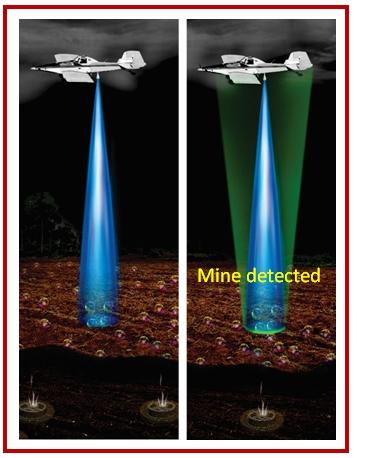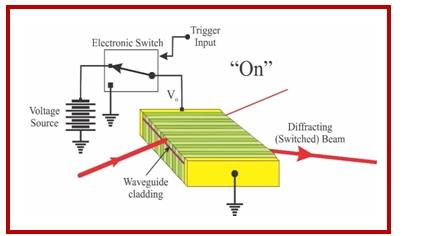Nanophotonics in Three Dimensional Curved Space Nature Photonics 11, October (2017).  Nanophotonics is based on the ability to construct structures with specific spatial distributions of the refractive index. Conventional nanophotonic structures are fabricated in planar settings, similar to electronic integrated circuits. We present a new class of nanophotonic structures with intricate design in three dimensions inspired by general relativity concepts, where the evolution of light is controlled through the space curvature of the medium. We demonstrate this concept by studying the evolution of light in a paraboloid structure inspired by the Schwarzschild metric describing the space surrounding a massive black hole. Our construction allows control over the trajectories, the diffraction properties and the phase and group velocities of wavepackets propagating within the curved-space structure. Finally, our structure exhibits tunnelling through an electromagnetic bottleneck by transforming guided modes into radiation modes and back. This generic concept can serve as the basis for curved nanophotonics and can be employed in integrated photonic circuits. Nanophotonics is based on the ability to construct structures with specific spatial distributions of the refractive index. Conventional nanophotonic structures are fabricated in planar settings, similar to electronic integrated circuits. We present a new class of nanophotonic structures with intricate design in three dimensions inspired by general relativity concepts, where the evolution of light is controlled through the space curvature of the medium. We demonstrate this concept by studying the evolution of light in a paraboloid structure inspired by the Schwarzschild metric describing the space surrounding a massive black hole. Our construction allows control over the trajectories, the diffraction properties and the phase and group velocities of wavepackets propagating within the curved-space structure. Finally, our structure exhibits tunnelling through an electromagnetic bottleneck by transforming guided modes into radiation modes and back. This generic concept can serve as the basis for curved nanophotonics and can be employed in integrated photonic circuits.
| 



